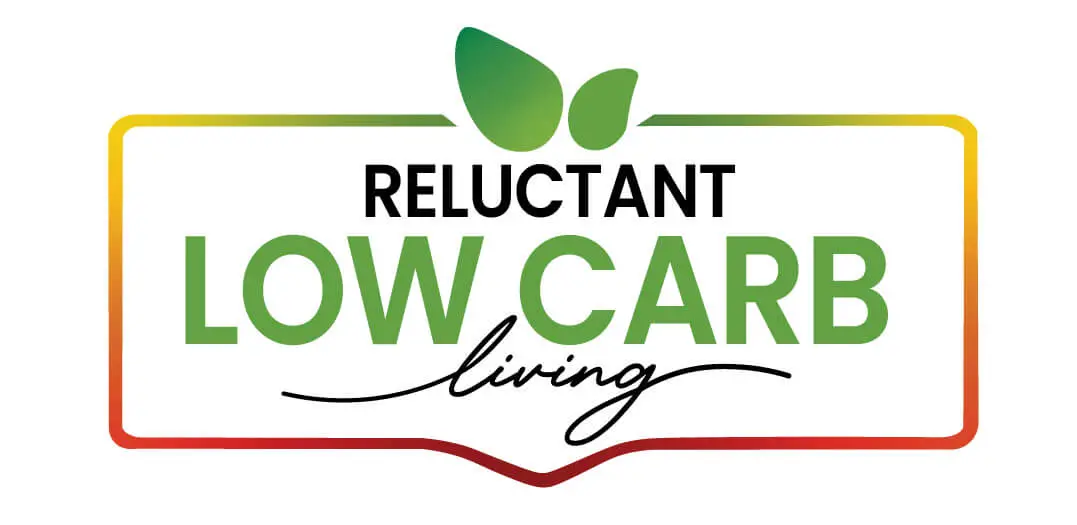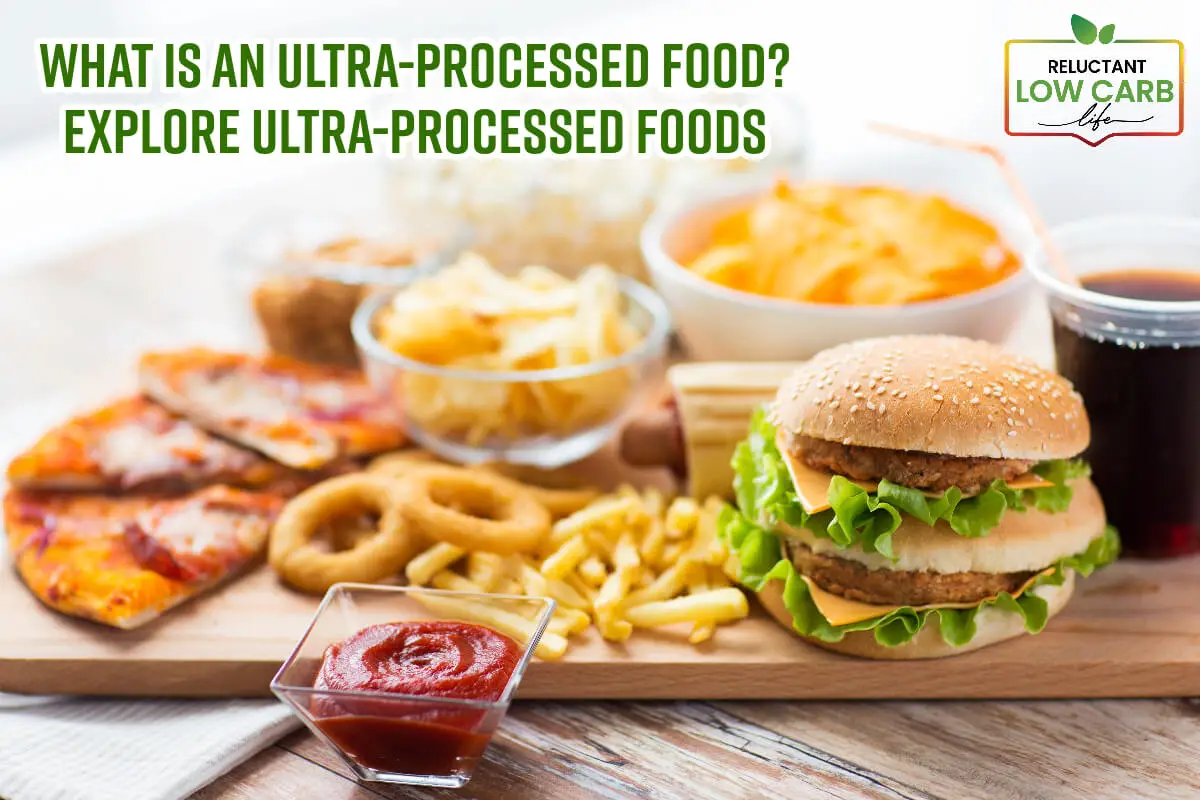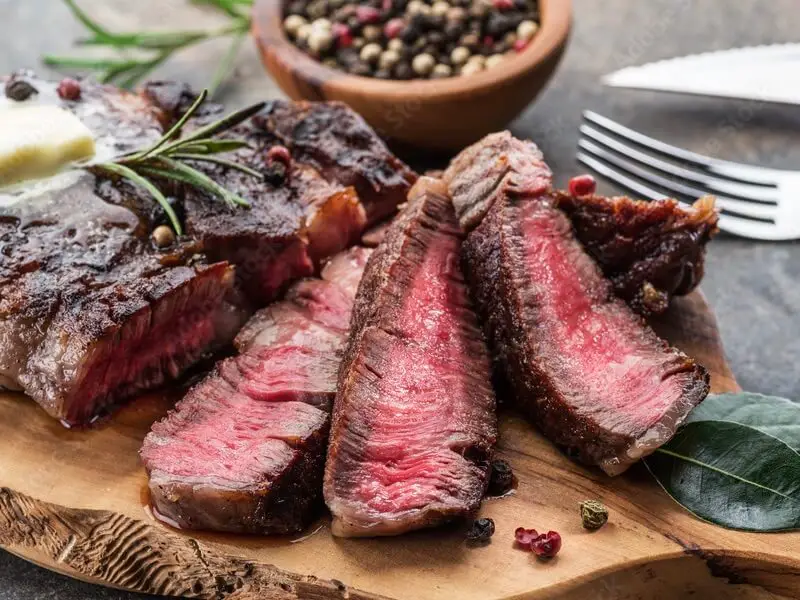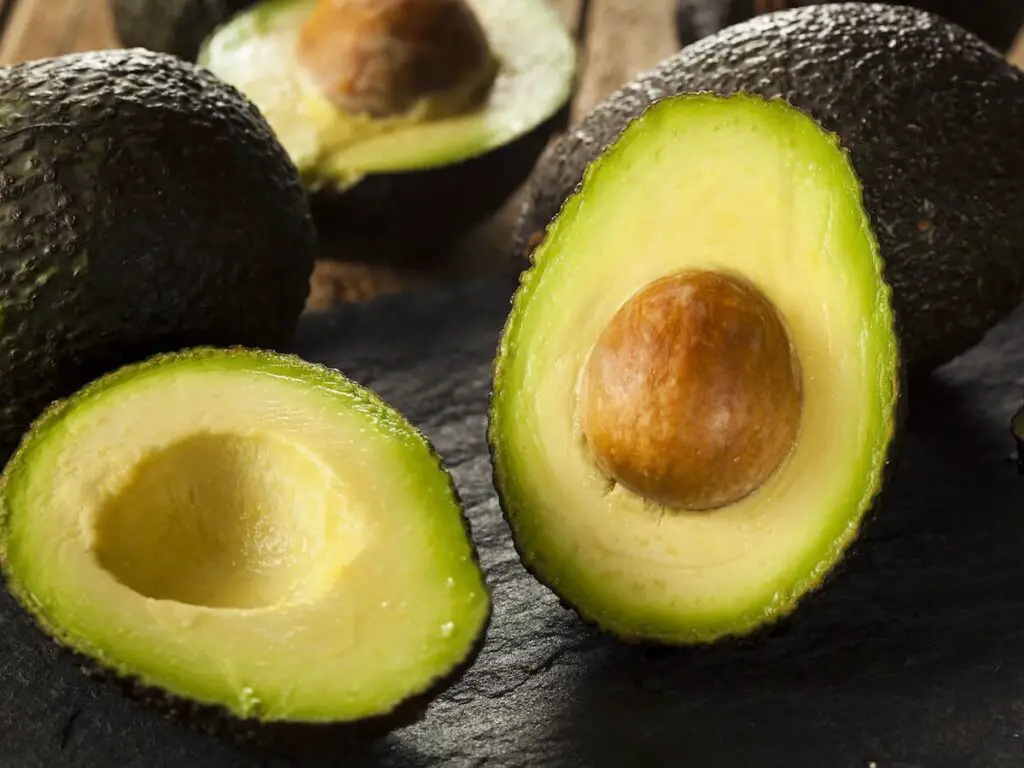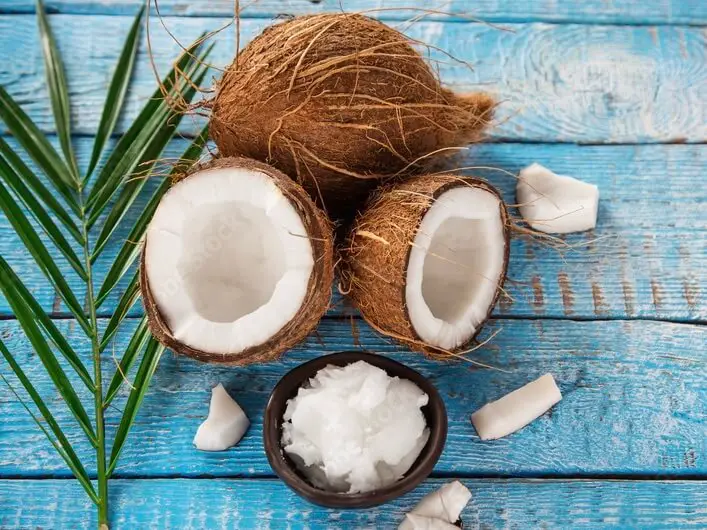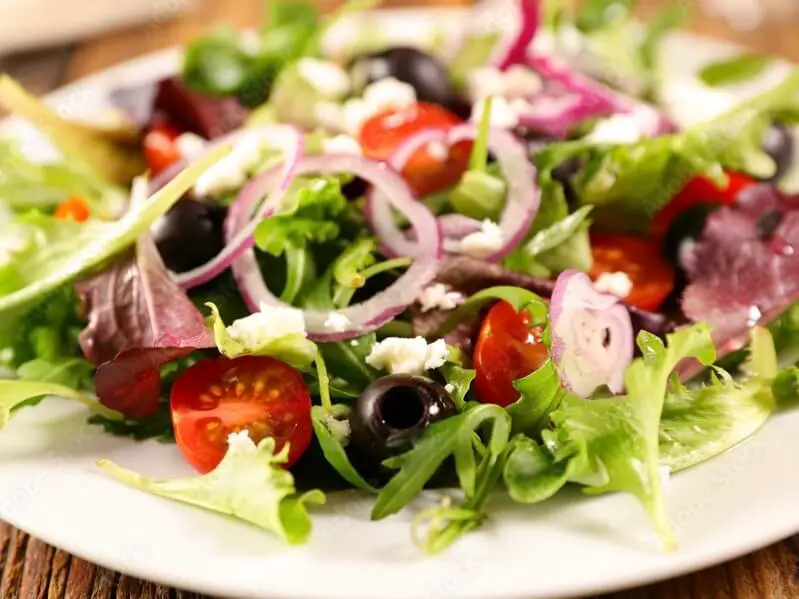Lately, there has been a surge in discussions surrounding ultra-processed foods and their implications for our health.
However, amidst these conversations, much confusion persists regarding what constitutes ultra-processed foods and which items fall into this category. A simple guideline to identify them is to consider whether a product contains ingredients that would have been absent from your grandmother’s kitchen and is laden with chemicals. In the following discussion, we will delve deeper into this matter.
Table of Contents
- Unmasking Ultra-Processed Foods: The Culprit Behind Modern Diet Woes
- The Impact Of Ultra-Processed Foods
- The Reluctant Low Carb Life – Trifecta Of Health
- Related Question
Unmasking Ultra-Processed Foods: The Culprit Behind Modern Diet Woes
In modern dietary concerns, “ultra-processed food” has been making waves, often shrouded in a fog of confusion.
You’ve probably heard about processed foods and their potential adverse effects on health, but what sets ultra-processed foods (UPFs) apart? This comprehensive guide will unravel the mysteries of UPFs, exploring what they are, why they’ve garnered considerable attention, and their impact on our daily lives.
Defining Ultra-Processed Foods
Imagine trying to recreate a food item in your kitchen. If you find yourself scratching your head at a list of ingredients that reads like a chemistry lab inventory, chances are you’re dealing with an ultra-processed food.
We like to define Ultra-processed foods as foods your grandmother would never have made in her kitchen. She would never have used the chemical ingredients listed as part of the ingredients.
The Ultra-processed food culinary creations are engineered to be convenient, cost-effective, and boast extended shelf lives. Most importantly, they are designed to tantalize your taste buds, leaving you craving more.
Industrial UPFs typically contain additives, including artificial flavors, emulsifiers, colorings, and sweeteners. These additives are often more cost-effective and have longer shelf lives than natural ingredients.
Additionally, UPFs may unwittingly introduce substances from their packaging into your meal. Shockingly, America is one of the world’s largest consumers and producers of ultra-processed foods, with over 58% of the average American’s diet comprising these culinary creations.
For some children, this figure may soar as high as 80% or even 90%.
Distinguishing Processed From Ultra-Processed Foods
To better understand UPFs, we must differentiate them from other food categories. The NOVA classification system, a widely accepted framework in the field, categorizes food and beverages into four distinct groups:
Unprocessed Or Minimally Processed Foods:
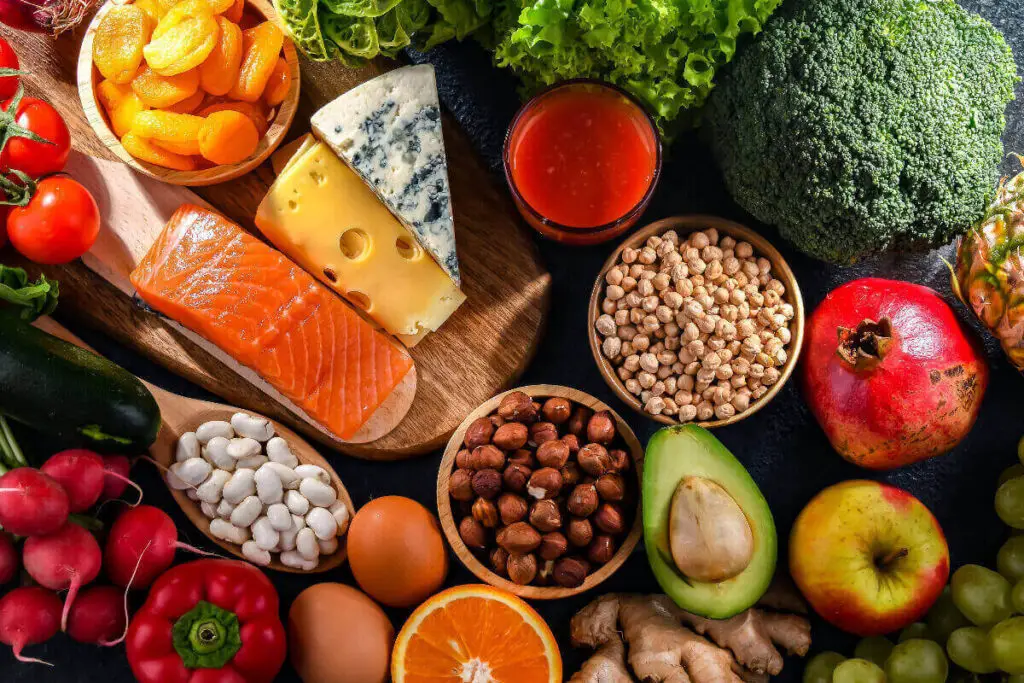
These are natural foods, both of plant and animal origin, that you’d typically prepare at home. Minimal processing, like removing inedible parts or pasteurization, may occur.
Processed Ingredients:
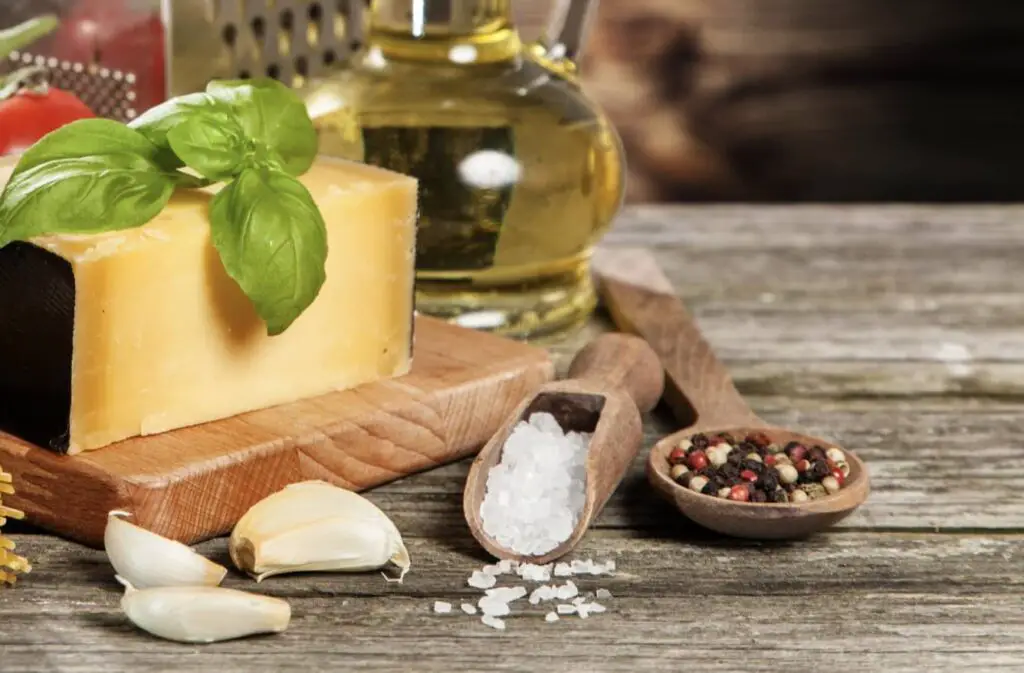
Culinary staples such as oils, butter, sugar, and salt fall into this category. They are typically used with natural foods rather than consumed on their own.
Processed Foods:
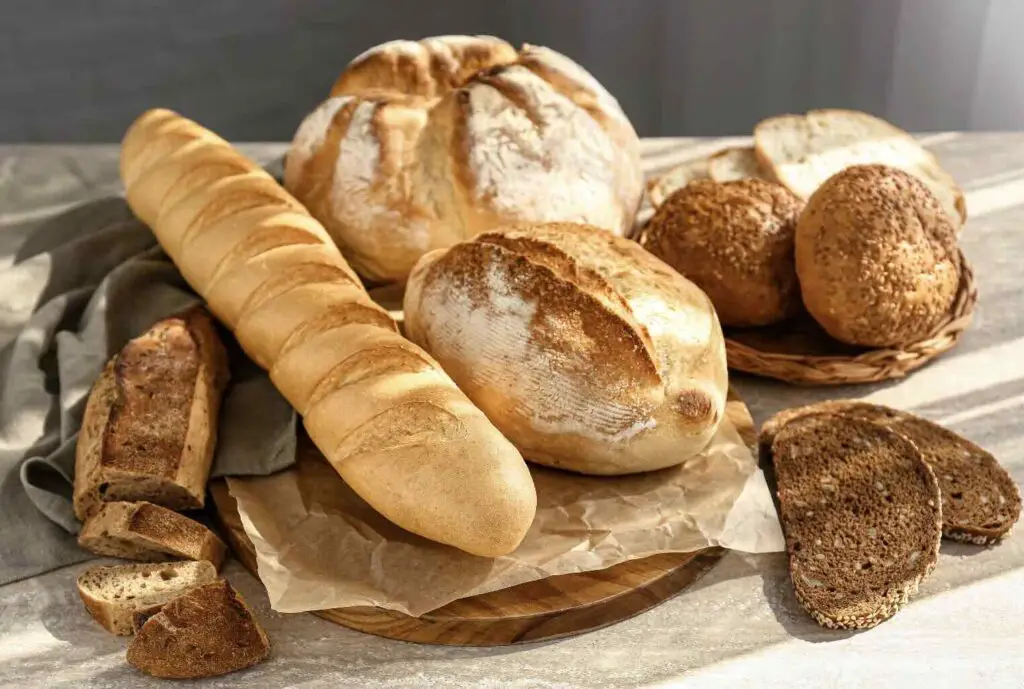
These are often a blend of group 1 and group 2 foods. They consist of natural foods modified to enhance taste or extend shelf life, like canned vegetables or freshly baked bread.
Ultra-Processed Foods:
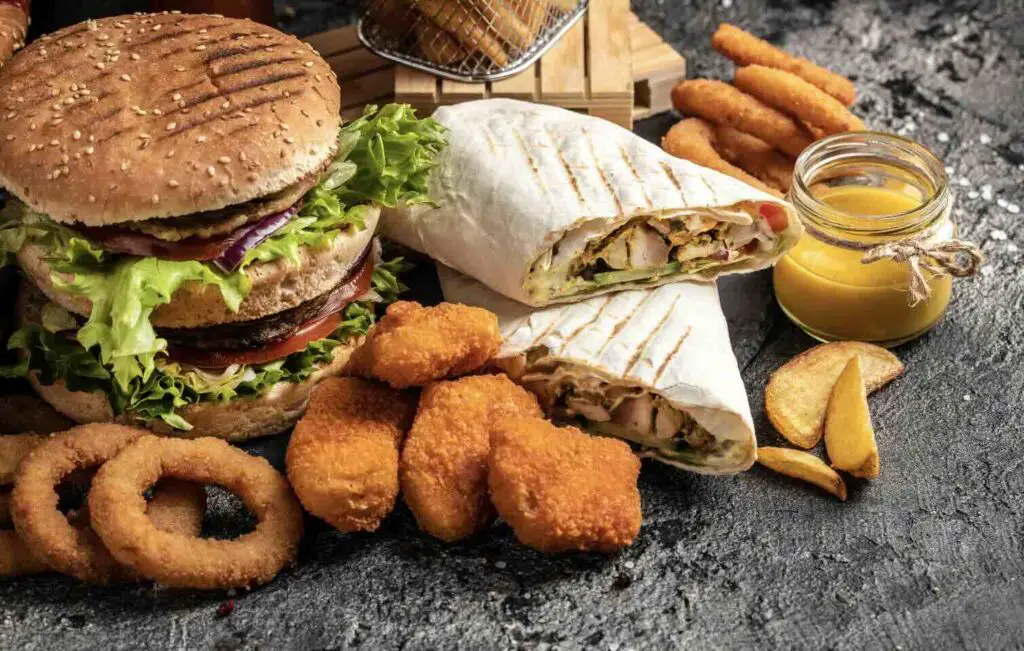
More of a “formulation” than an actual food, UPFs are created from substances derived from whole foods, augmented by additives, with little to no inclusion of category 1 foods.
However, the line between these categories isn’t always distinct. Some foods can straddle multiple categories depending on their formulation or ingredients.
For instance, peanut butter can be a Category 1 food (purely crushed peanuts), category 2 (with added salt, sugar, or oil), or even Category 4 (if it contains preservatives or artificial additives).
Similarly, plain yogurt falls into category 1, while fruit yogurts with sweeteners, preservatives, stabilizers, or colorings are considered ultra-processed.
The Wide World Of Ultra-Processed Foods
Ultra-processed foods infiltrate every aspect of our daily diet, often masquerading as convenient and tempting meal options.

Here’s a list of some common UPFs:
- Carbonated drinks and energy drinks
- Sweet or savory packaged snacks (ice cream, confectionery, crisps)
- Mass-produced packaged bread, pastries, cakes, and biscuits
- Margarines and spreads
- Breakfast cereals and cereal/energy bars
- Milk drinks and cocoa drinks
- Fruit yogurts and fruit drinks
- Meat and chicken extracts, as well as instant sauces
- Vegan “meat” and “cheese” alternatives
- Infant formulas and follow-on milk
- Health and slimming products like powdered or fortified meal substitutes
- Many ready-to-heat products, including pre-prepared pies, pasta and pizza dishes, poultry and fish nuggets, sausages, burgers, hot dogs, instant soups, noodles, and desserts.
It is important to note that not all Ultra-processed foods are on this list. This is just an essential list of some of the more common ones.
It’s crucial to note that products made solely from group 1 or group 3 foods but infused with cosmetic or sensory-enhancing additives, such as plain yogurt with artificial sweeteners or bread with emulsifiers, also fall into category 4.
Surprisingly, distilled alcoholic drinks, like whisky, gin, rum, and vodka, find themselves in group 4, while alcoholic beverages produced through fermentation, such as wine, beer, and cider, belong to group 3.
It can become very confusing when looking at what is precisely Ultra-processed foods and what is not.
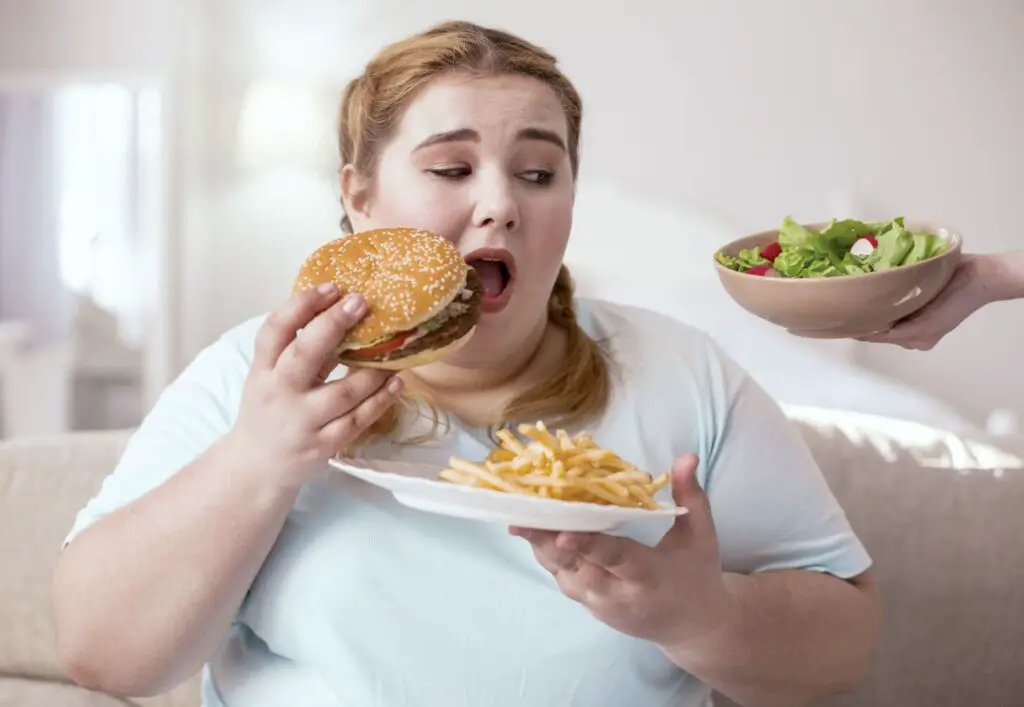
The Impact Of Ultra-Processed Foods
As UPFs continue to dominate our diets, it’s essential to grasp their potential consequences. These convenient but often nutritionally empty choices have been linked to a host of health issues, including obesity, heart disease, diabetes, and even cancer.
The excessive additives and preservatives they contain have raised concerns about their impact on our overall well-being.
Moreover, UPFs may contribute to our society’s growing disconnect from natural, whole foods, ultimately diminishing our appreciation for fresh, locally sourced ingredients. This not only affects our health but also disrupts the delicate ecosystems of local food production.
In the modern era, where convenience often trumps nutrition, understanding ultra-processed foods is crucial for making informed dietary choices. By recognizing the ubiquity of UPFs and potential risks, we can regain control of our diets and prioritize the consumption of wholesome, unprocessed, or minimally processed foods. It’s time to unmask the culprits behind our dietary dilemmas and pave the way for a healthier, more balanced future.
The Reluctant Low Carb Life – Trifecta Of Health
“The Reluctant Low Carb Life” is a unique approach to health that champions what we call the trifecta of well-being. This trifecta has three essential components: freshness, fitness, and fullness.
These principles form the cornerstone of a balanced and sustainable lifestyle that fosters physical and mental health.
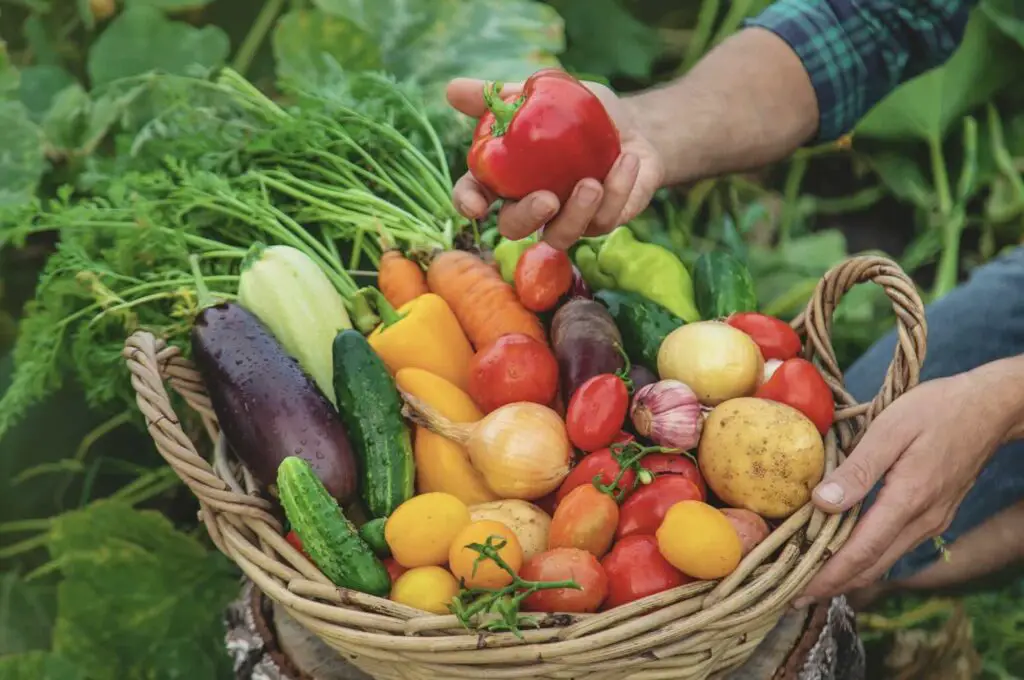
Freshness: The Foundation Of Good Nutrition
Freshness is the first pillar of our philosophy. It’s about nourishing your body with food close to its natural state. Think of the vibrant fruits and vegetables in a local farmer’s market or the freshly caught fish from a nearby stream.
When you choose fresh foods, you’re not only maximizing their nutritional value but also savoring the authentic taste of unaltered ingredients.
The concept of freshness extends beyond just fruits and vegetables. It encompasses a wide variety of whole foods that are minimally processed, free from additives, and as close to their natural form as can be.
By embracing freshness, you consciously prioritize nutrition and reduce your intake of potentially harmful chemicals and preservatives.

Fitness: Embrace Movement As A Lifestyle
Fitness is the second pillar of our trifecta, emphasizing the importance of staying active and making exercise a part of your daily routine.
Movement is not merely a means to an end (like weight loss); it’s a way to celebrate what your body can do. Whether it’s a brisk walk in the park, a yoga session, or a strenuous gym workout, staying active offers numerous benefits.
Regular exercise enhances physical strength, cardiovascular health, and mental well-being. It helps manage stress, improves mood, and boosts self-confidence. The key here is to find an activity you genuinely enjoy, as this makes it easier to incorporate exercise into your life.
Remember, fitness is a journey, not a destination, so embrace movement as a lifestyle, not just a temporary fix.

Fullness: Nourish And Satisfy
The third and equally vital pillar is fullness, which centers around eating foods that keep you satiated. It’s not about deprivation or strict diets but rather making choices that support a sense of fullness and satisfaction.
When you consume foods rich in fiber, healthy fats, and protein, you’re less likely to experience intense hunger or cravings.
Fullness is about balance, portion control, and mindful eating. It’s about savoring your meals and paying attention to your body’s hunger and fullness cues.
By focusing on foods that provide lasting energy and satisfaction, you can avoid the rollercoaster of extreme hunger followed by overindulgence in less nutritious options.
“The Reluctant Low Carb Life” thrives on freshness, fitness, and fullness. This holistic approach to health is not about radical transformations but sustainable choices that enhance your overall well-being.
By prioritizing fresh, unprocessed foods, embracing physical activity as part of your daily routine, and selecting foods that satisfy and nourish, you can embark on a journey toward a healthier and more fulfilling life.
It’s an approach that acknowledges the importance of balance, enjoyment, and long-term sustainability in your pursuit of well-being.
At Reluctant Low Carb Life, we are staunch advocates of the Health Trifecta: Fullness, Fitness, and Freshness. Additionally, we embrace the pillars of health, wellness, and graceful aging. Our mission is to provide honest and precise information to individuals dedicated to adopting a healthy lifestyle while enhancing their fitness and well-being.
We have a free monthly newsletter that is filled with information and helps you remain updated. Subscribe to the Reluctant Low Carb Life newsletter by clicking here.
Listen to our weekly podcast, Reluctant Low Carb Life, on all the major podcast platforms by clicking here.
Follow us on Instagram and Facebook by clicking here.
Related Question
Asian Chicken Peanut Brown Rice Broccoli Salad Recipe
The Asian Chicken Peanut Brown, Rice Broccoli Salad, is one of my favorite dishes. It’s perfect for preparing beforehand and then tossing together just before serving.
The brown rice is served cold, which pairs wonderfully with the vibrant Asian flavors. Not only is this salad easy to whip up, but it’s also packed with health benefits. It’s an excellent choice for those on a moderately low-carb diet.
You can read more about Asian Chicken Peanut Brown Rice Broccoli Salad Recipe by clicking here.
Low-Carb Friendly Maple Syrup Pecan Ice Cream
This low-carb-friendly ice cream is healthier than other ice creams, including any store-bought versions. While maple syrup does contain natural sugars, it’s perceived as a healthier alternative to highly processed sugars, and for many, it’s a preferred natural sweetener. The pecans in this ice cream give some added flavor and crunch.
You can read more about Low-Carb Friendly Maple Syrup Pecan Ice Cream by clicking here.
Fresh Homemade Italian Chickpea Flour Noodle Recipe
Embracing a keto or low-carb lifestyle doesn’t mean you must forgo some of your most-loved noodle dishes. With some innovation in the kitchen, you can craft homemade noodles that align perfectly with your dietary needs, ensuring that you don’t miss out on the comfort and joy of slurping up those delectable strands.
You can read more about Fresh Homemade Italian Chickpea Flour Noodle Recipe by clicking here.
